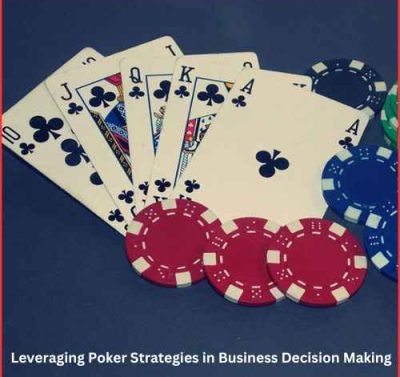Arbitrage is the process of buying and selling assets from different platforms, exchanges, or locations at the same time to take advantage of price differences mostly paid in small percentages. Essentially, arbitrage is a situation in which traders can benefit from an imbalance in asset prices in different markets.
In its simplest form, arbitrage is buying an asset in a market with a low price and simultaneously selling an asset in a market where the price of the asset is high. Arbitrage is a foreign exchange investing method that allows traders to lock in profits by simultaneously buying and selling the same security, product, or cash on two distinct marketplaces. This strategy allows traders to profit on the disparities in pricing for the identical item between the two areas represented on each side of the deal.
Arbitrage is a widely used trading strategy and is probably one of the oldest trading strategies out there. Traders who participate in the strategy are called arbitragers.
This concept is closely related to the market efficiency theory. The theory is that there can be no arbitrage opportunity in a fully efficient market. All assets of equal value must converge at the same price. Price convergence in different markets measures market efficiency. Both the
Capital Asset Pricing Model (CAPM) and arbitrage pricing theory explain that arbitrage trading opportunities arise due to incorrect pricing of assets. When the opportunity is completely exhausted, the prices of comparable assets should converge.
The act of purchasing a security in one market and concurrently selling it in another market at a higher price is known as arbitrage. This allows investors to benefit from the transitory difference in cost per share. Traders take advantage of arbitrage opportunities in the stock market by buying a stock on a foreign exchange where the share price has not yet adjusted for the fluctuating exchange rate. As a result, the stock price on the foreign exchange is discounted in comparison to the stock price on the local exchange, allowing the trader to profit from the difference. Although arbitrage transactions appear to be a sophisticated transaction to the untrained eye, they are actually relatively simple and hence deemed low-risk.
Profits from arbitrage that are risk-free: Profits from arbitrage that are effectively performed are risk-free since the purchasing and selling prices are known in advance. Unlike typical stock or bond trading, where you purchase an asset now though and sell it later, arbitrage does not require you to wager on a security’s future performance.
When considering arbitrage opportunities, it’s critical to consider transaction costs, since if they’re too high, they might threaten to cancel out the benefits from such transactions.
TYPES OF ARBITARAGE
- Pure arbitrage refers to the above investment strategy in which investors buy and sell securities simultaneously in different markets to take advantage of the price difference. Therefore, the terms “arbitration” and “pure arbitration” are often used interchangeably.
- Merger arbitrage is a type of arbitrage related to merging entities, such as two publicly traded businesses.
- Convertible Funds are a form of arbitrage related to convertible bonds
- Negative arbitrage provides an opportunity missed when a debtor’s debt interest rate (for example, a bond issuer’s) is higher than the rates at which those investment is made.
- Statistical arbitrage is a type of arbitrage that uses advanced statistical algorithms to identify trading opportunities between financial assets with varying market prices. These models are often based on mean-reverting procedures and need a lot of computing power.
There would have been no arbitrage opportunities if all markets were totally efficient and foreign exchange ceased to exist. However, markets are rarely flawless, which provides arbitrage traders with a plethora of possibilities to profit on pricing differences.















